A hot fair leaves fair exhibitors looking for coolness for both themselves and their fair animals. When temperatures reach above 80 degrees and the relative humidity is above 65 percent, comfort is certainly compromised. This kind of weather can be especially deadly for swine, as they have nonfunctioning sweat glands. Effects of heat stress are hard on livestock. Here are some suggestions to keep your animals cool.
Signs of heat stress
Animals under stress will be uncomfortable, much like we are when enduring this heat. General signs of stress are: panting, open mouth breathing, excessive salivation, lack of coordination, trembling, inability to stand and high rectal temperature. During a heat wave it is difficult for animals to maintain their normal body temperature. Research indicates as the heat and humidity increases during the heat of the day so does the body temperature of animals. If the heat and humidity continue during the evening hours and for many days, the animal can’t recover to its normal body temperature. Effects of heat stress can reduce feed intake, reduce weight gain, perhaps even death.
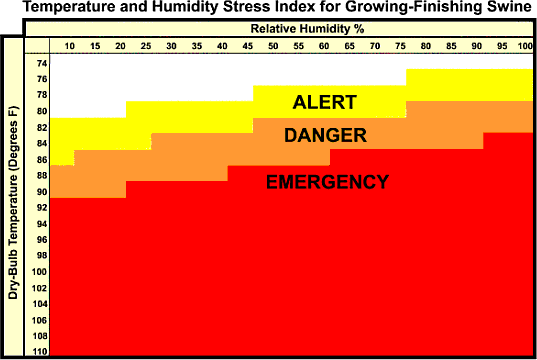
Chart courtesy of Iowa State University – Swine chart
Transportation of animals
Before transportation make sure the animals have been hydrated and sprinkle animals with water. Use wet shavings for bedding, never use straw. Straw acts as an insulator. Transport animals during the coolest part of the day, such as early morning or late evening. Hauls as few animals as possible, don’t crowd animals in the trailer. In the trailer, open ventilation holes. Load and unload promptly. Fairs may need to adjust their schedule of arrival and departure of animals to accommodate the cooler part of the day.
Barns at the fair
There should be ample ventilation within the barns at the fair. When heat and humidity can’t be lowered, more air movement across people and animals can help remove heat and lower heat stress. Generators might be needed for supplemental electricity and should be located away from spectators as they are noisy and distracting. If animals are located on the outside edge of a barn where sunlight shows, use tarps to shade the morning or afternoon light. Make sure it isn’t trapping heat, making the situation worse. Consider using a mesh shade cloth that blocks the sun but allows the breeze in.
At the fair
Check in is a situation where fair staff should consider an alternative time for weighing, ultrasounding, and other animal tasks. Facilities should lend themselves to a low stress environment and the process should be quick and effortless. The show also might need to be conducted at an alternative time. Moving the show into the evening hours could be advantageous. Water animals and utilize electrolytes if needed to get animals to drink. Allow access to water at all times, without them making a mess of their pen. Rinse animals to keep cool. It might be easier and less stressful to rinse them in their pen rather than taking them to a wash rack numerous times throughout the day. Early release of animals from the fair may need to be considered. Loadout procedures should be followed as stated earlier. Animal grouping should be another consideration if possible. Don’t put as many animals in a pen and leave some distance between tied animals in the barn.
Additional ways to mitigate heat stress
- Invest in some durable Resist the urge to buy a cheap, household fan; spend the extra money for a high velocity farm fan. These fans will move more air for your animal’s comfort. Know the rules of the fair on where you can put and hang fans. While we are looking to keeping our animal safe we also need to keep the fair goers and young children safe.
- Consider freezing ice in plastic pop bottles for the animals to lay on. This is especially helpful with swine as it is difficult for them to get rid of body
- Avoid overworking the animals during the high peak times of the Work livestock in the early morning and late afternoon.
- Consider feeding the majority of the animal’s diet in the evening. Digestion increases the animal’s body temperature, therefore digestion in the evening during the coolest time of day would be
- Consider feeding more concentrates rather than hay. Concentrations such as corn, contribute less to the heat of digestion than
- Sprinklers with big water drops can cool down Misting (small drops) may just add humidity and could make the problem worse
Other items to keep in mind
• Animals that have past health problems can be more affected by heat stress than animals with no prior health problems.
• Heavier livestock are more susceptible to heat stress than those lighter in weight.
• Dark hided animals are more susceptible to heat stress than light colored animals.
• With high heat indexes, animals should be drinking double the amount compared to normal temperature. If they aren’t doing so, closely monitor. What to do if animal is showing signs of heat stress:
• Contact your veterinarian; if at an exhibition, contact the veterinarian on staff.
• Make sure it is drinking water.
• Cool the animal by running “lukewarm to cool” water on the belly from fore to rear flank area. Extreme cold water could shock the animal.
• Don’t move them or create any additional stress for the animal.
Your #1 responsibility at the fair are you and your animals, therefore it is crucial to be there early in the morning till late at night managing them. While the fair is time for fun and friends, these conditions could be life threatening for your animals. Enjoy hanging out in the cool barn playing cards with your friends while keeping a close eye on your project animals.
Resources
- Chichester, L.M. & Mader, T.L. Heat Stress – What you should know to make livestock shows a success. Found July 16, 2019.
- https://newsroom.unl.edu/announce/beef/2410/13764 Nebraska Beef Quality Assurance Program, Heat Stress. Found July 16, 2019. https://bqa.unl.edu/heat-stress- resources
- Boyles, S. Heat Stress and Beef Cattle. Found July 16, 2019. https://agnr.osu.edu/sites/agnr/files/imce/pdfs/Beef/HeatStr essBeefCattle.pdf
Reviewed by: David Kammel, UW Madison Biological Systems Engineering
Download Article

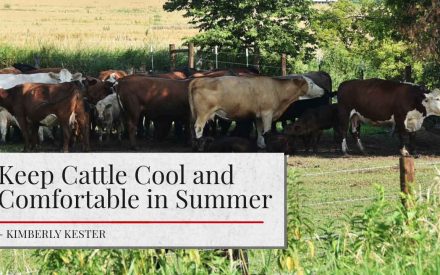 Keep Cattle Cool and Comfortable in Summer
Keep Cattle Cool and Comfortable in Summer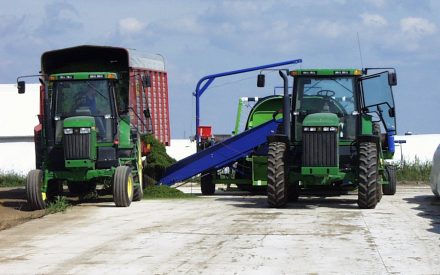 Youth Producer Guide to the Veterinary Feed Directive
Youth Producer Guide to the Veterinary Feed Directive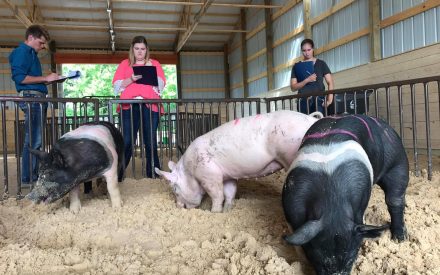 Marketing Your Project: A Guide for Youth and Families
Marketing Your Project: A Guide for Youth and Families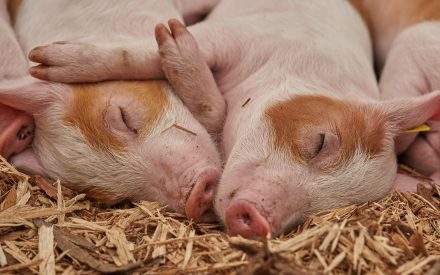 Ractopamine Free Swine Project
Ractopamine Free Swine Project


